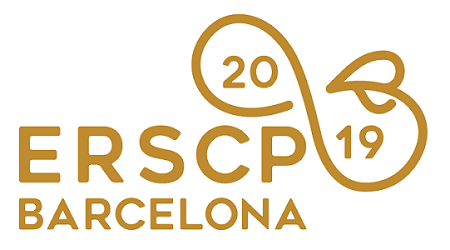Full Program »
Evaluation of circular economy strategies through multilevel Statistical Entropy Analysis
Resources play a crucial role in delivering value to society. In the course of their appropriation, networks of processes produce substances of high purity, which are subsequently combined into components and products with very specific quality characteristics and functions. Thereby, previously concentrated substances are dissipated and diluted, requiring considerable efforts to regain their original functionality. Often, the process of re-appropriation of the original substance function is limited by physical laws, but also by socio-economic system structures. Some of these efforts could have been potentially avoided through a different system set-up, e.g. by a different combination of reuse and recycling strategies, contributing to a more circular and sustaining economy.
One method that is able to assess the performance of systems to concentrate or avoid dilution of resources is Statistical Entropy Analysis (SEA). It has been developed to analyse the results of a Material Flow Analysis (MFA), which is a method that assesses flows and stocks of materials within a system. Until now, the method has been applied on the substance level (elements and compounds) only, but proved to be applicable to various scales and on a variety of systems. Some examples include the evaluation of the European and Chinese copper cycles, the process of lead smelting of a large state-owned enterprise, waste water treatment plants and municipal solid waste incinerators. By further developing the method we are able to combine all three hierarchical level, consisting of the materials, component and product level. This extension makes the method applicable to different combinations of CE strategies, both destructive (e.g. recycling) and non-destructive (e.g. reuse). The method is demonstrated on a case study of a simplified production and end-of-life treatment system of a car, under eight different system configurations.
The results show that the multilevel SEA method allows to evaluate the contribution of different CE strategies and their combinations to maintain and restore functionality, while identifying critical stages which lead to the most severe resource and functionality losses. Based on the results, first a circularity baseline is defined which represents a system state which fully preserves functionality and avoids resource losses. In a second step, the dilution and concentration changes that are undertaken within the system to reach a specific system state are included, resulting in the framework for resource effectiveness. Based on a system’s ability to preserve or regain the functionality of substances, components and products (x-axis), under the simultaneous consideration of statistical entropy changes that are undertaken (y-axis), the framework assesses the relative distance between system configurations, as well as their distance to the ideal state of resource effectiveness. The ideal state of resource effectiveness is represented by a system that maintains maximum functionality with minimal statistical entropy changes (efforts). Within the two dimensions of the framework any system configuration can be quantitatively assessed. As the method is independent of any background system, e.g. energy system, it is complementary to multiple methods, including impact- and cost-benefit evaluations, providing a high potential for their future integration.
